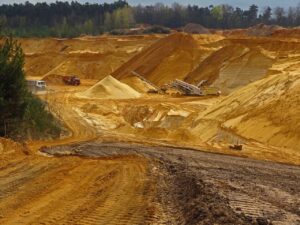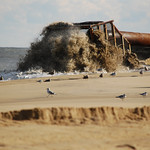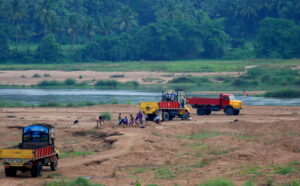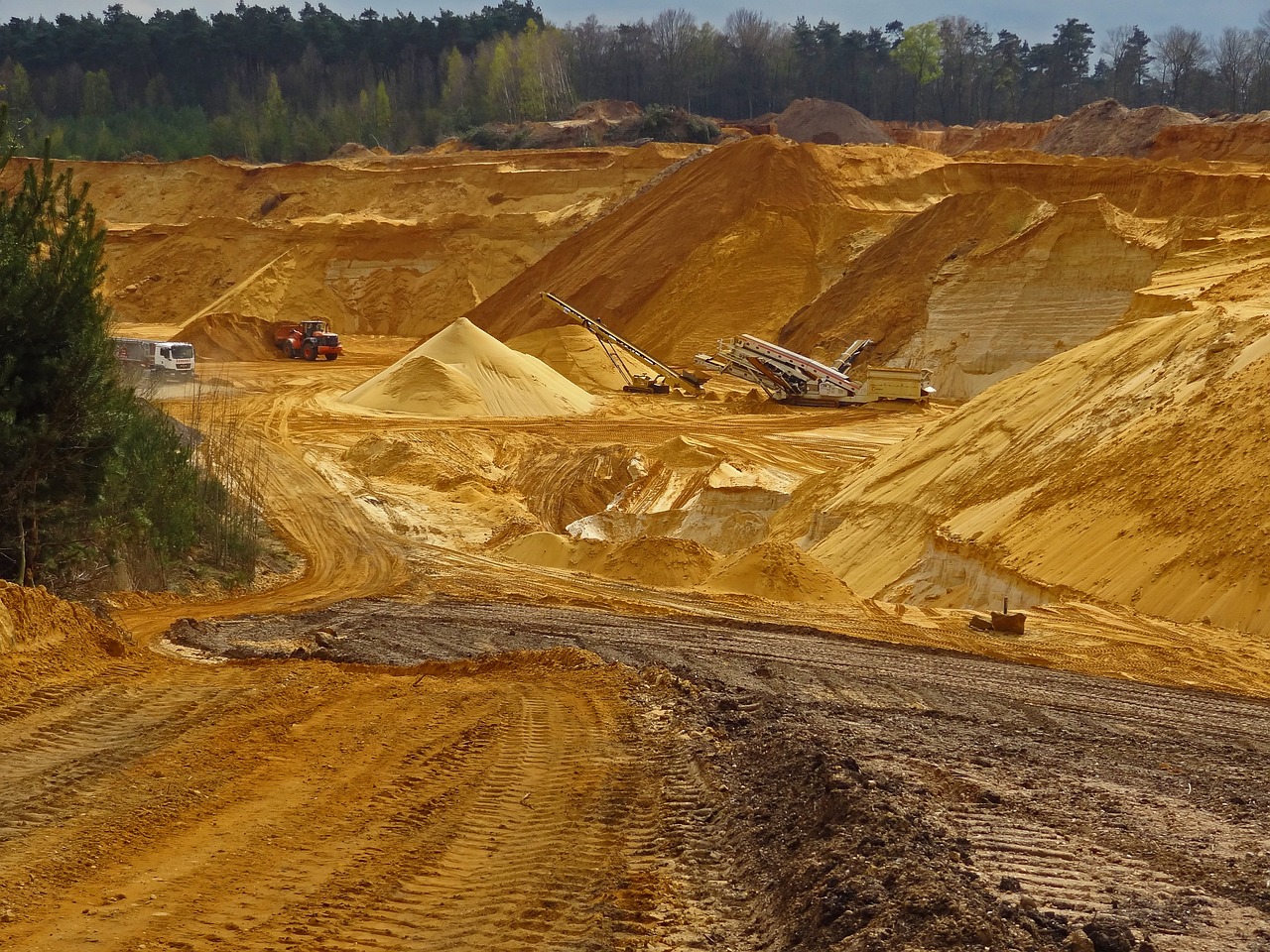When we think of valuable resources, sand may not be the first thing that comes to mind. Gold, iron, and other ores and metals may be more highly valued, but believe me when I tell you that as of 2019, sand made up over 85% of mineral extraction worldwide.
Because it’s used in a vast range of products and industries, from construction to electronics to cosmetics to beaches, sand is extracted at rates of over 50 billion tons each year, with the industry itself estimated to be worth roughly 2 billion dollars annually. Sand is the most sought-after natural resource after water.
Sand mining also the world’s least regulated mining enterprise. Most of us have gone our entire lives unaware of the world’s dependence on sand, so it should come as no surprise that the environmental and social effects of sand extraction and transportation have been flying under the radar.
What makes sand so important, and why are we running out?
Sand is a naturally occurring resource made up of tiny grains of rock and minerals. It’s abundant in many parts of the world, but especially near coastlines, riverbeds, deserts, and the ocean floor.
It’s easy to access, transport, and manipulate, making it a versatile material for construction projects and in products like concrete and glass. In addition to its industrial uses, sand is also used to protect coastlines from erosion and to promote tourist and recreation spaces through beach access.
However, we’re starting to run out.

You might be thinking, “How are we running low on sand? There are thousands of miles of desert, and thousands more of ocean floor.” But not all sand is created equal. Desert sand, for example, is too smooth and rounded to be used in construction, and the grains are too fine to be used in concrete.
So, for industrial use, which makes up the majority of the demand, the best sand comes from beaches, riverbeds, and quarries.
It’s the heavy extraction of sand in these locations that’s caused scientists to sound the alarm that they’re being depleted faster than they can be replenished.
Sand mining: The environmental and social impacts
The sand used for beach nourishment and restoration is most commonly extracted via offshore dredging. However, its use as a sustainable solution is the subject of debate by actors such as environmentalists, city planners, and scientists. Some researchers say this strategy can help erosion and rising sea levels, acting as a soft armor for coastal areas, but others warn that it’s not only a band-aid solution, but one with a long list of negative impacts, including:

- The sudden addition of massive amounts of sand, as well as the machinery transporting it, can disturb or kill beach animals and other wildlife in the area, uprooting the local food web
- The imported sand isn’t always of the same grain size or chemical makeup as the indigenous sand, which can disturb the local ecosystem
- Beach nourishment projects can muddy the waterways, which can suffocate marine life and smother plants, causing die-offs
Additionally, the sand we use in industry is often imported. In many countries where this sand is sourced, the process involves the destruction of local coastal areas and water bodies, leading to soil erosion, loss of biodiversity, affected water quality, and even displacement of communities.
Sand extraction can also be deeply inequitable. Coastal areas in wealthier countries often have regulations in place to protect their beaches from erosion, leading them to source sand from other areas, often in developing countries, where regulations are less strict or non-existent.
This creates a situation where the wealthy can preserve their beaches at the expense of the poor.
One infamous example of this is the territorial expansion of Singapore, which imported enough sand from Indonesia, Malaysia, Cambodia, and Vietnam to increase its size by 20%, but destroyed over two dozen Indonesian island systems in the process.
The rise of sand mafias: How to steal a beach
In fact, demand for sand is so high that illegal sand mining has become a lucrative industry. Illegal sand mining is often controlled by criminal organizations known as sand mafias, corrupt groups that profit from the illegal extraction and trafficking of sand.

These illegal mining operations dredge and jetblast sand from estuary, river, and island systems and ship it off to other countries. This has led to the destruction of large swaths of land, including protected areas and wildlife habitats. It can take decades for an ecosystem to recover from the damage caused by sand mining, let alone the unregulated impacts of illegal operations.
One example of the effects of illegal sand mining and trafficking was the 2008 removal of 500 truck-loads of sand from a Jamaican beach in a single night. This sand was allegedly imported unlawfully to support tourist beaches in Morocco, leaving Coral Spring Beach riddled with manmade trenches, open to erosion and degradation, while also pausing the development of a resort in the area. No charges were ever made due to a key witness refusing to testify after death threats, and the judge retiring halfway through the case.
What are the solutions?
The situation is serious, but there are solutions. Initiatives aimed at preserving coastal areas and restoring beaches must take into account the environmental impact and social injustices involved in sourcing sand.
Care should be taken to reduce these impacts where possible, such as by importing sand with a similar composition, or by plowing the sand to keep it from becoming too compact for local life.
We should also work to reduce our reliance on concrete, cement, and glass in order to cut down on our demand for sand. Both policymakers and the construction industry should explore alternatives to sand, such as recycled concrete rubble and hemp, to investigate their own impacts and potential for industrial and environmental purposes.
Finally, regulations must be put in place to ensure that the sand industry operates sustainably and equitably.

